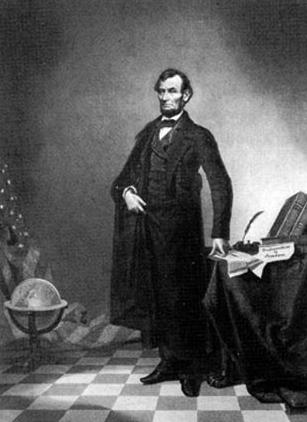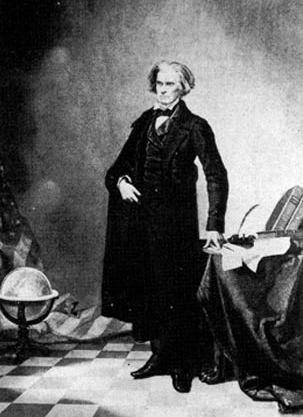In reading Errol Morris’ string of essays on Roger Fenton’s, “Valley of the Shadow Death” along with his essay on doctored photos, I really made me think.
In particular, I was struck by Morris’ observation that, “You are absolutely right; you don’t need Photoshop to editorialize. We can go back to Mao and Stalin and Castro and Mussolini, and all these guys. All the dictators doctored photographs in order to effectively change history.”
Not only can doctored photos impact society, but the actual words that follow a photo can also. I had never thought of simple words being able to change the perception of an image. As Morris points out, doctored photos have appeared even before the age of computers. Photos were used in propaganda. Dictators such as Hitler and Stalin frequently doctored photographs. I began to think what photos Hitler had doctored. Much like Stalin, Hitler frequently removed people from his high command if he felt that they were opposing him or was suspicious of them.
It made me begin to want to do my own research on the subject of historical doctored photographs. I began my search with Google typing in Joseph Goebbles and Hitler. Joseph Goebbles was Hitler’s Minister of Propaganda and had a very complicated relationship with Hitler.
I came upon this image.

In the first image no one appears to be standing to the left of Hitler but a woman with her hair pinned up. However, in the second image, Joseph Goebbles appears. Leader such as Hitler and Stalin both airbrushed people that fell out of favor out of photographs.
I decided I wanted to look more into the art of doctoring images, something that is not only relevant in today’s images, but also in images of the past. In the case of the Roger Fenton’s photos, no one still seems to know a conclusive idea as to when each of the photos were taken, and which one was taken first.
Along with the image included in this post, doctoring images isn’t something of the present. In fact, it’s very much something of the past as Dr. Harry Farid of Datrmouth note in a presentation he gave on what is called Digital Forensics,
When we talk about digital foresnsics, we probably have the notion that this is something relativey new and modern and an artifact of the digital age, digitical cameras, and digital computers. But the reality is that for nearly as long as photography has been around people have been making doctored photographs.
In his lecture, Dr. Farid points to a very famous image of Abraham Lincoln.
However, this picture is in fact, not a real photograph of Abraham Lincoln. It’s photoshopped. Instead, Abraham Lincoln’s head was placed onto then Senator John Calhoun’s body. Historians are unsure as to why they decided to doctor the image. Historians believe that it was due to Lincoln’s poor posture that they replaced the head of Calhoun with Lincoln’s as seen below:
It’s very clear that the image was doctored in order to present a more, “heroic image of Abraham Lincoln.” However, Dr. Farid states that the news even doctors photographs. Organizations such as Fox News and Time magazine have doctored photographs, making the Associated Press worried about the lack of trust individuals have on photographs in order to tell a story.
What all of these article have made me think of is that idea of what is an authentic photograph. In reality, what do we actually know as being a real photograph of real event? How do we actually know something hasn’t been altered? I am still perplexed by the notion of old doctored photographs as it still seems as though it’s something of the present and not of the past, as in the case of these pictures. Even if it’s not airbrushed or drastically changed, photographs such as the Roger Fenton ones still are questionable in terms of their authenticity.
I turned to the George Mason’s library database, in hopes of getting some concrete answers. I came upon an article written by Timonthy W. Maier, When Your Eyes Tell You Lies, along with Bill Marsh’s piece from the New York Times Upfront section entitled, Can You Belive Your Eyes focusing on historical photo doctoring such as Stalin’s famous airbrushed images. They may be useful to someone else who finds doctored images as interesting as I do.

